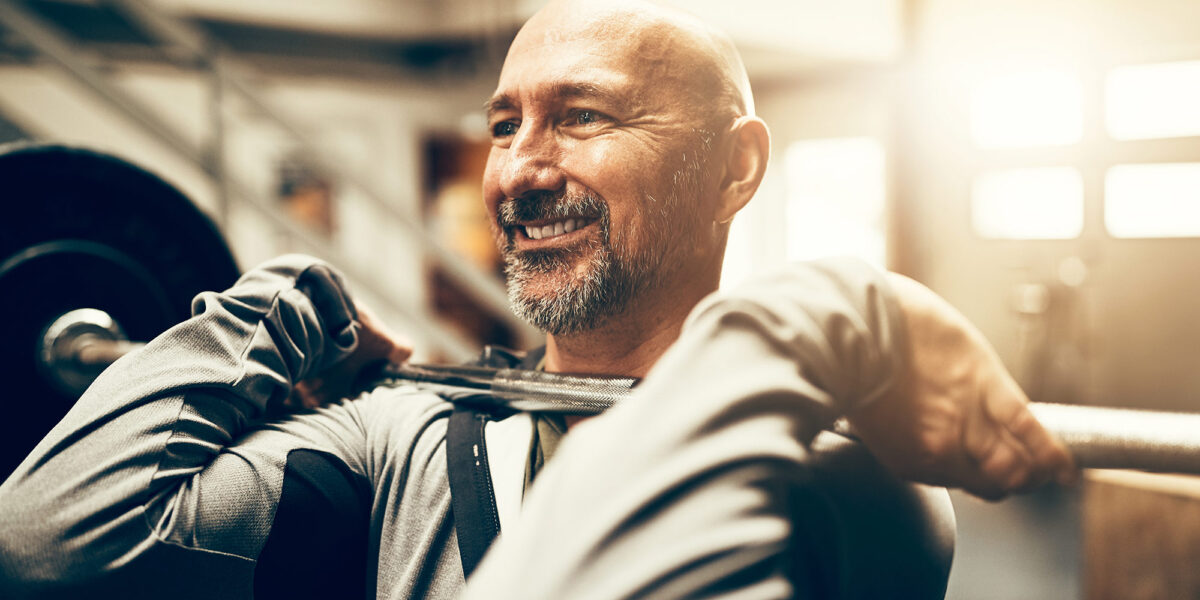Exercise Capacity, Biological Age, and Longevity: Unlocking the Power of Fitness with VO2max Testing
Exercise Capacity, Biological Age, and Longevity: Unlocking the Power of Fitness with VO2max Testing
VO2max testing to measure health and longevity is now part of our training programs at Rowed to Fitness in Bend Oregon.
VO2 Max Testing – the Gold Standard: Chronological age, often used to predict health outcomes, may fall short in accuracy compared to the more reliable indicator—biological age. This relationship is especially evident through VO2 max testing, a standard for measuring exercise capacity and a robust predictor of biological age.
Biological Age vs. Chronological Age: Aging is a complex process marked by molecular and cellular changes leading to functional decline. Biological age, influenced by genetics, lifestyle, and environmental factors, emerges as a more accurate reflection of an individual’s health and life expectancy. Longitudinal measurements of biological age can track mortality and health damage over time. Diet and exercise, particularly aerobic and resistance training, showcase the potential to not only prevent but reverse aging effects.
Health Benefits of Physical Activity: Regular aerobic exercise proves instrumental in slowing functional decline and reducing biological age. Physiological adaptations, including enhanced cardiac output, increased blood volume, and improved skeletal muscle function, contribute to increased VO2max. This critical measure indicates the body’s ability to supply oxygen during physical activity. Exercise, whether moderate or high intensity, positively impacts VO2max and overall cardiovascular fitness, offering a myriad of health benefits, from strength and flexibility to delaying age-associated changes in body composition.
Clinical Prognostic Value of VO2max: VO2max, a key measure of cardiorespiratory fitness, emerges as a strong predictor of health outcomes. Its association with mortality risk, especially in cardiovascular disease, positions it alongside conventional risk factors like smoking and hypertension. Regular endurance training can significantly improve VO2max, providing valuable insights during exercise testing for risk stratification. Deriving biological age from VO2max enhances accuracy, helping identify those in need of targeted interventions and fostering adherence to lifestyle changes.
Proposed Biological Age Biomarkers: Various aging biomarkers, spanning genetic, molecular, and phenotypic indicators, aim to identify biological age. Telomere length, T-cell DNA rearrangement, and DNA methylation show promise, although further research is needed to establish their consistency as reliable biomarkers.
The Numbers Behind VO2max and Longevity: High VO2 max emerges as a crucial clinical vital sign, attenuating the impact of cardiovascular risk factors. Mortality rates are notably higher at lower VO2 max levels. Every 3.5ml/min/kg increase in VO2 max corresponds to a 12% gain in life expectancy. The positive correlation extends to reduced cardiac events and mortality, even among those with a history of myocardial infarction. Long-term studies underscore the enduring impact of fitness, emphasizing the potential for a healthier and longer life.
Key Takeaways: Fitness-related health benefits, including the reversal of biological age, are achievable across all ages and fitness levels. Incorporating VO2max into risk assessments during exercise testing enhances patient management, encouraging lifestyle changes for improved overall health. Health professionals play a vital role in advocating for and supporting individuals in adopting and maintaining physically active lifestyles to mitigate the risks of morbidity and mortality.
In essence, the relationship between exercise capacity, biological age, and longevity underscores the transformative impact of fitness on overall health. Embracing an active lifestyle emerges as a key strategy for not only increasing lifespan but enhancing the quality of life at every age.


